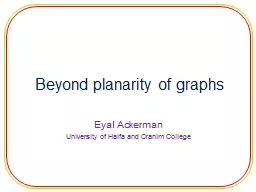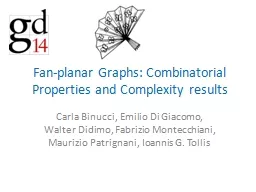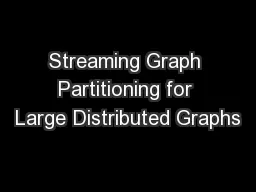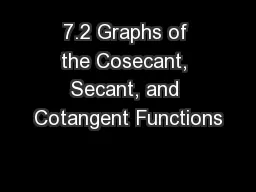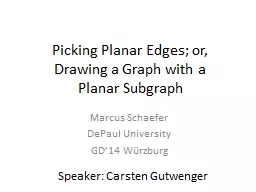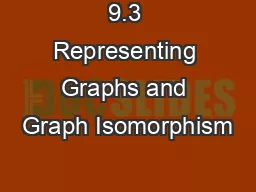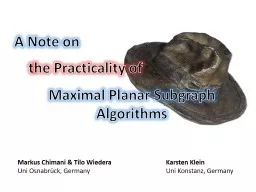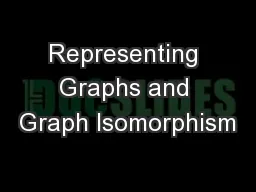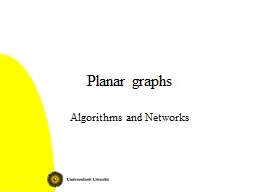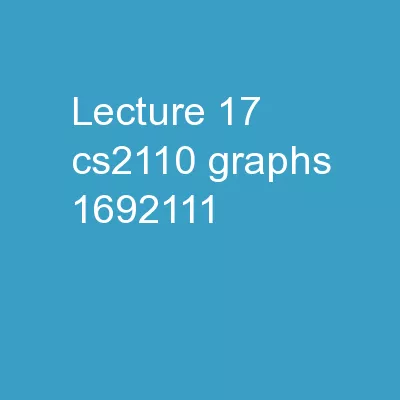PPT-Beyond planarity of graphs
Author : tatyana-admore | Published Date : 2017-09-11
Eyal Ackerman University of Haifa and Oranim College Drawing graphs in the plane Consider drawings of graphs in the plane st No loops or parallel edges Vertices
Presentation Embed Code
Download Presentation
Download Presentation The PPT/PDF document "Beyond planarity of graphs" is the property of its rightful owner. Permission is granted to download and print the materials on this website for personal, non-commercial use only, and to display it on your personal computer provided you do not modify the materials and that you retain all copyright notices contained in the materials. By downloading content from our website, you accept the terms of this agreement.
Beyond planarity of graphs: Transcript
Download Rules Of Document
"Beyond planarity of graphs"The content belongs to its owner. You may download and print it for personal use, without modification, and keep all copyright notices. By downloading, you agree to these terms.
Related Documents

